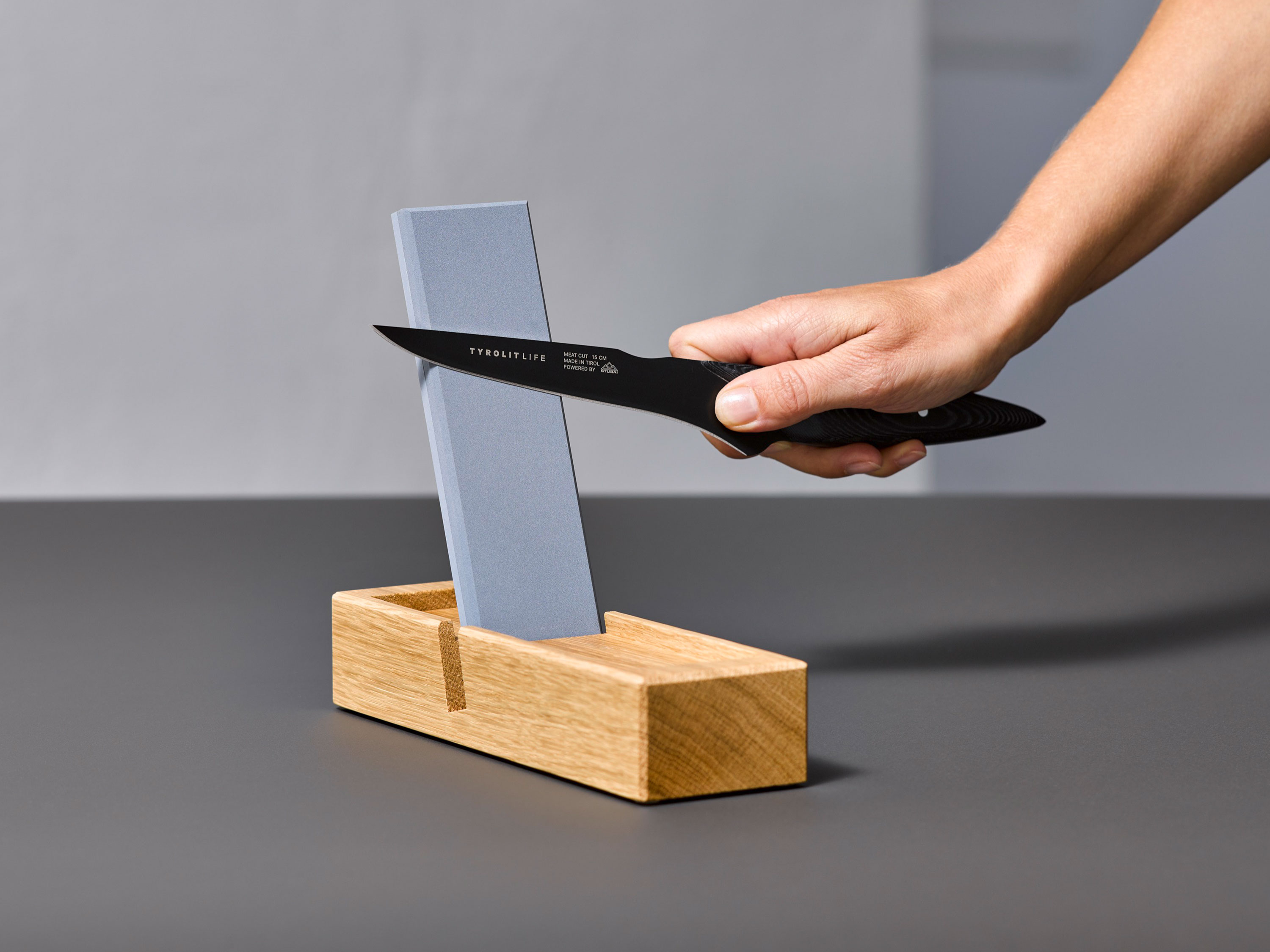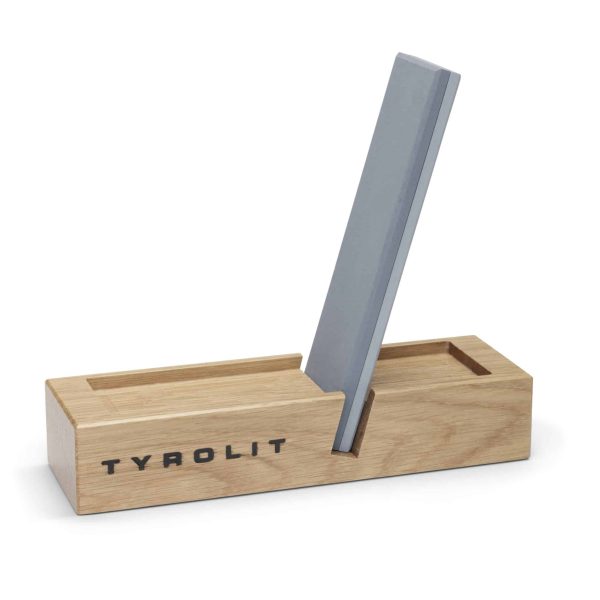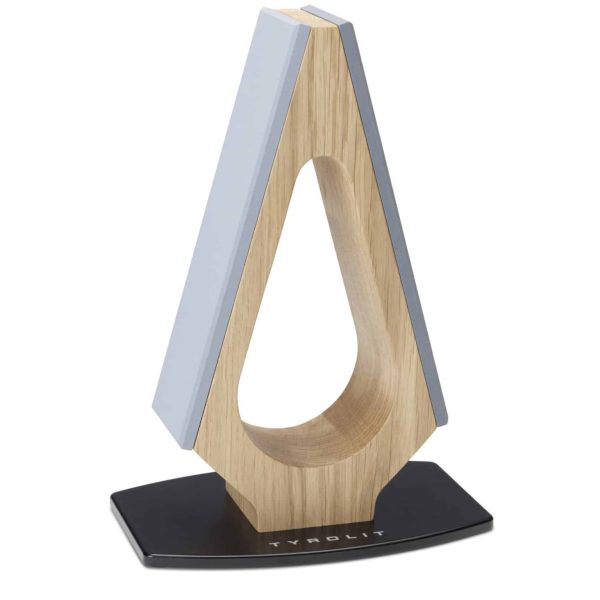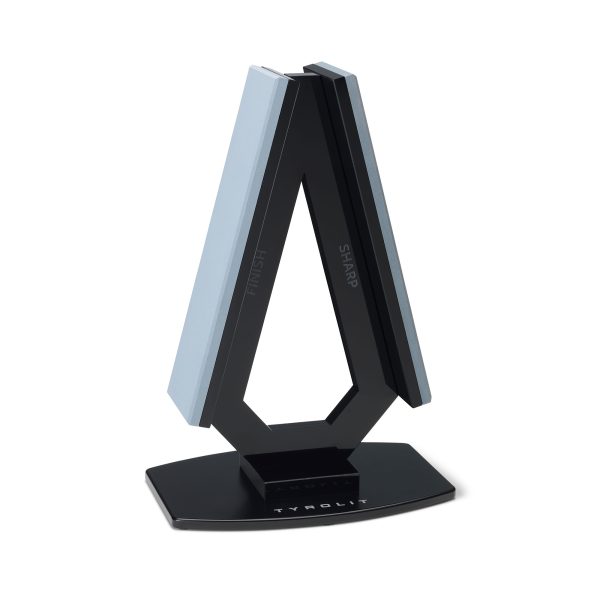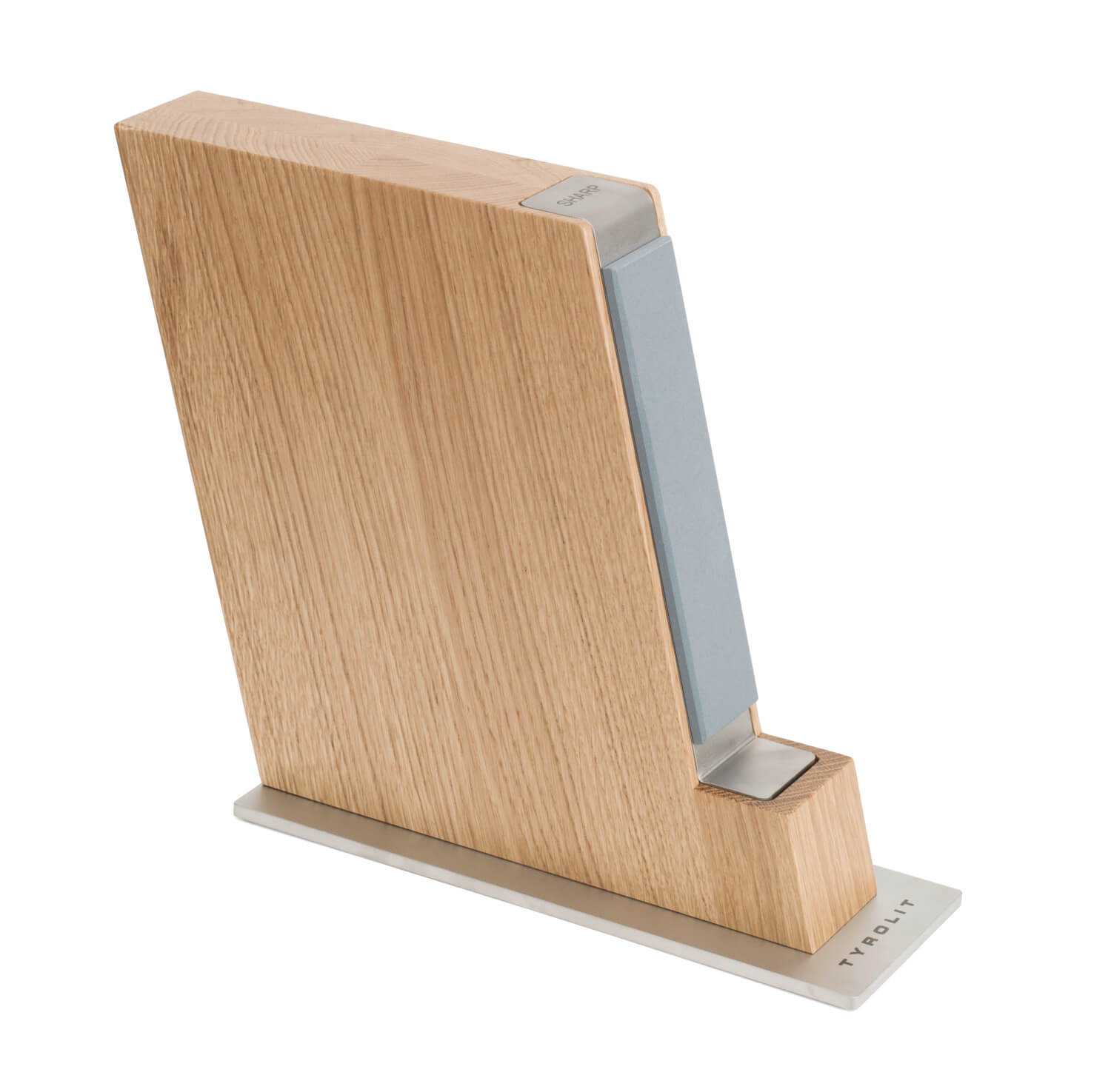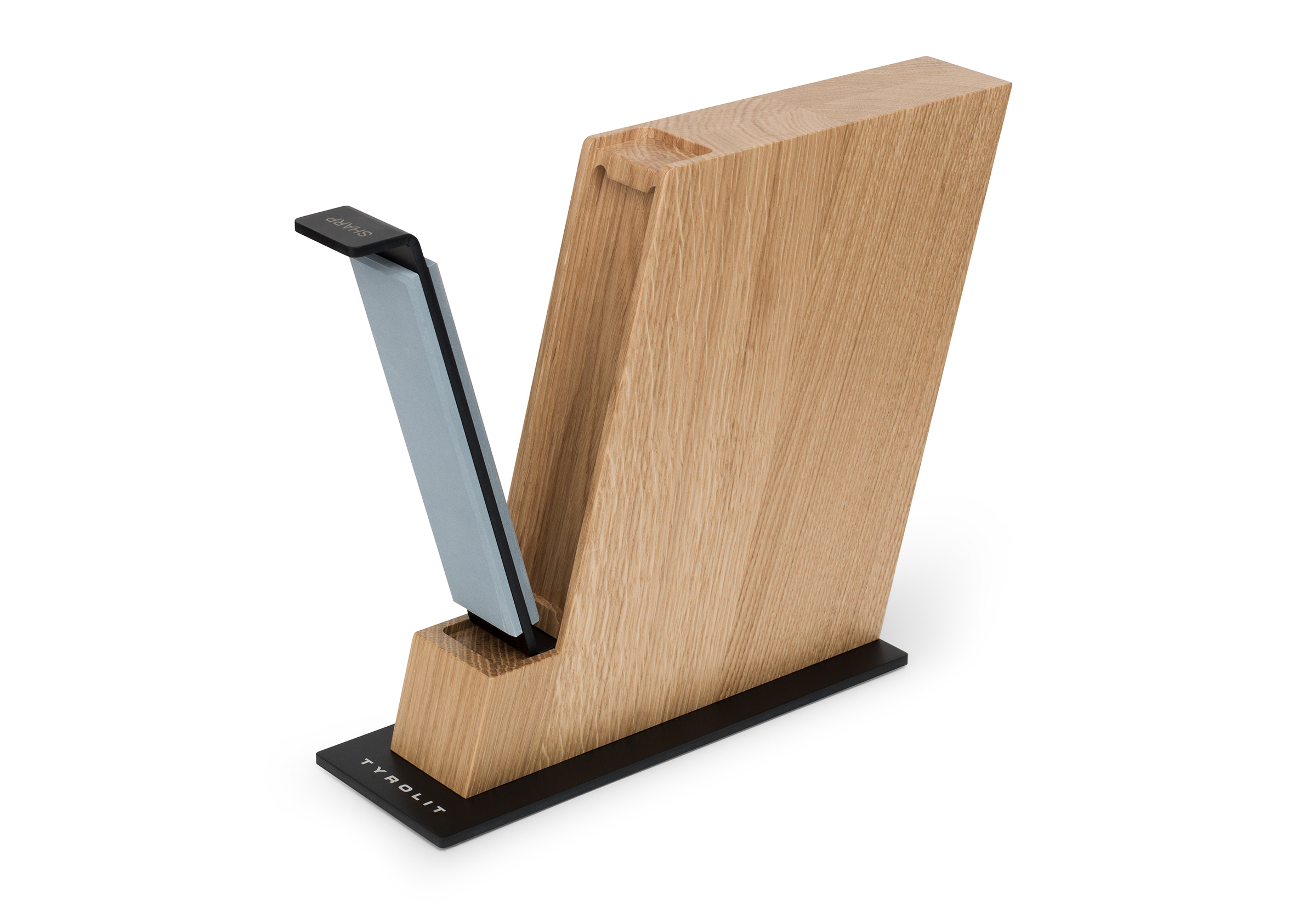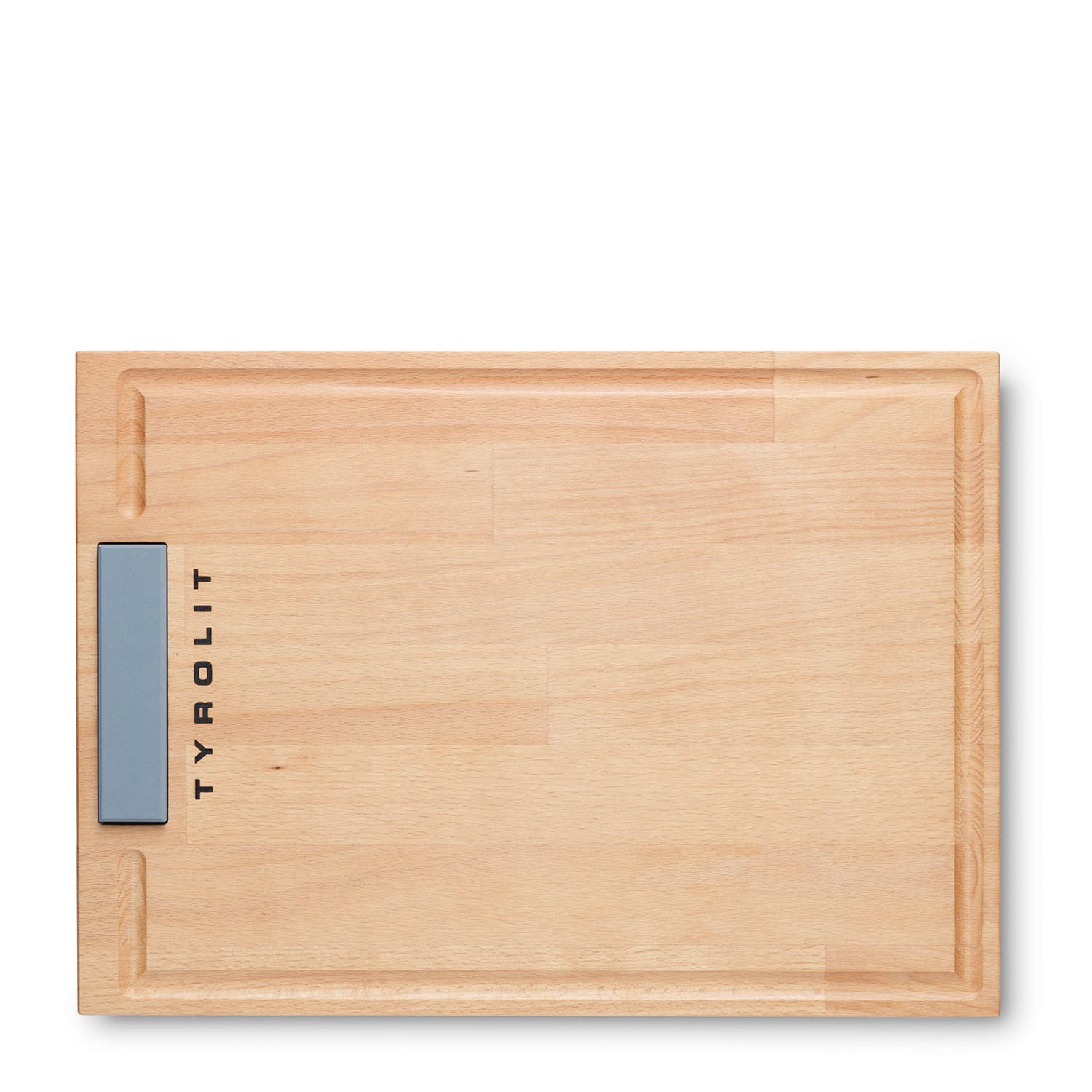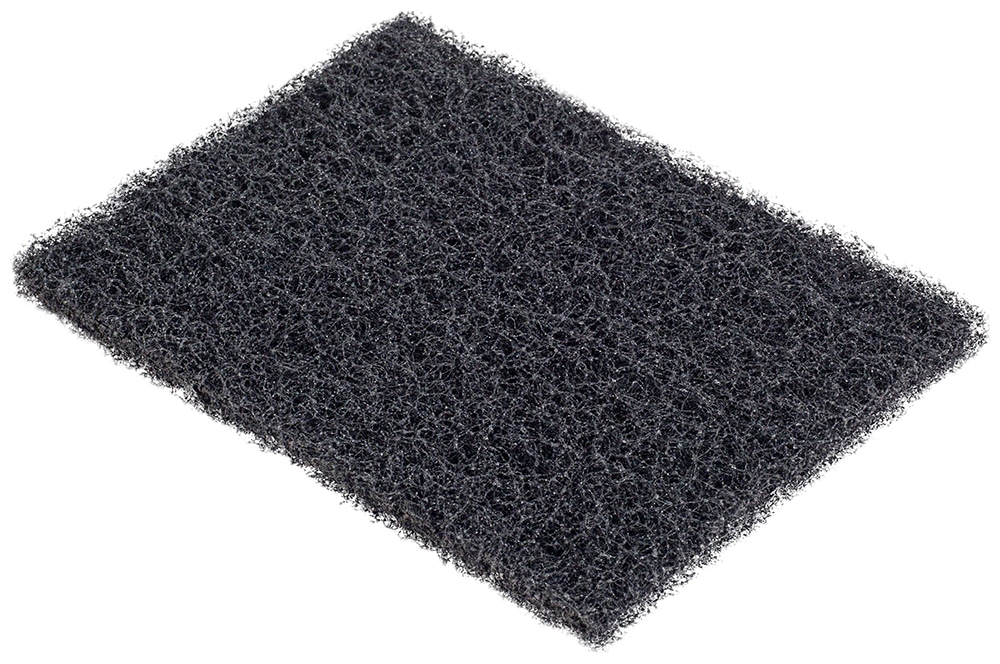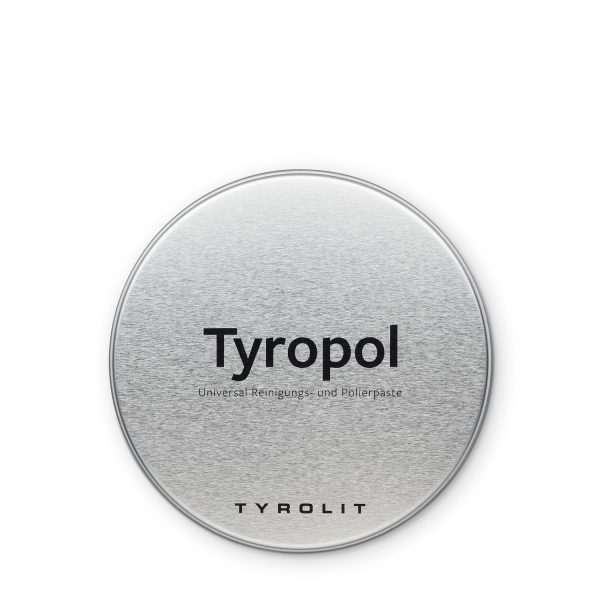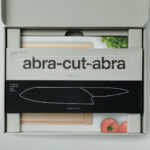Sharpening or honing knives – what’s the difference?

The terms “grinding” and “sharpening” a knife are often confused – both are crucial for maintaining a knife’s cutting ability. However, there are distinct differences in practice: sharpening involves straightening and smoothing the blade’s burr with minimal material removal. In contrast, grinding removes material to repair significant damages and restore the blade’s foundational shape.
The line between the two terms is blurred, meaning they are often used interchangeably in daily conversation. However, this article aims to elucidate the differences between sharpening and grinding knives. We will explore how these techniques are implemented and how innovative products facilitate the grinding and sharpening process.
Knife sharpening – interesting facts at a glance
Sharpening a knife involves treating the blade’s edge so that it regains its original sharpness. This process aligns and smooths the blade’s burr without significantly removing material.
Sharpening is a fine machining process that should be carried out regularly to keep the blade always ready for use. Often a sharpening steel or a fine whetstone (e.g. with 800 grit) is used.
The correct sharpening angle is one of the most critical factors in ensuring optimal cutting efficiency. This can present a challenge not only for novices but also amidst the hustle and bustle of daily kitchen activities. Consequently, some manufacturers offer knife sharpeners with pre-set sharpening angles to achieve consistent results.
How are knives sharpened?
Knives are sharpened by pulling the cutting edge of the blade (the sharp part of the knife) at a certain angle, for example over a sharpening stone, sharpening steel or knife sharpener.
How often you should sharpen a knife depends, among other things, on its use – professionals, for example, sometimes sharpen their knives daily or even several times a day. However, you can also easily test the knife sharpness by, for example, deliberately cutting through a soft food. If more is squeezed than cut, resharpening may be required.
Pull the blade evenly from the base to the tip over the prepared sharpening stone, which should have a comparatively fine grit (e.g. 800), and follow the blade shape of the knife. Gentle, even pressure should be applied to achieve even sharpness.
The choice of the right sharpening angle is particularly important when sharpening knives – with most European knives this is around 15 degrees, and so it is also preset for the Tyrolit Life knife sharpeners.
Repeat this process on both sides of the blade until a fine burr is formed. Very little material is removed because of the fine grain of the abrasive. The knife is then cleaned, possibly polished beforehand.
Sharpening knives – an overview
Sharpening a knife essentially involves working the blade by removing material to fix significant damage and restore its fundamental shape. This process is more abrasive than honing and necessitates the use of whetstones with a coarser grit.
Occasionally – with extremely blunt and damaged blades – specialists can also be consulted who give knives their original sharpness with special machines.
Procedure for Knife Sharpening
When grinding knives, one also begins with selecting the correct angle and abrasive medium, opting for a relatively coarser grit (e.g., 400 or coarser). However, the proper grinding angle is typically the same as for subsequent sharpening—about 15 degrees for most European knives.
The whetstone is prepared (water stones, for example, are often soaked in water) to support the grinding process. Pull the knife over the entire length of the cutting edge and at a constant angle over the stone. Even pressure is applied to remove material and form a new cutting edge.
After coarse grinding, a finer grit abrasive is used to further refine the blade for a smooth, sharp edge. To make this as fluid as possible, Tyrolit Life offers, for example, whetstones and knife sharpeners with two grits (400 and 800). This means that both coarse and fine grinding can be done with just one abrasive.
Which knife sharpener is the right one?
Choosing the right knife sharpener depends on various factors, which we will look at in more detail below.
Would you like to sharpen your kitchen knives easily and precisely at home in the future? Then discover our grinding and sharpening guide for more inspiring information.
Sharpening or grinding knives: the differences in practice
Fundamentally, sharpening and grinding knives mainly differ in terms of material removal. During sharpening, the blade’s burr is realigned and smoothed without removing much, if any, material. Conversely, grinding involves removing material from the blade to repair significant damage and restore the blade’s basic shape.
In practice, the distinction between grinding and sharpening is fluid, making it difficult for end users to distinguish. As a result, both terms are frequently used interchangeably. We also use both terms synonymously to avoid creating confusion with technical definitions.
In addition, grinding and sharpening are two sides of the same coin – or, as in the case of Tyrolit Life, the same whetstone. Because with two different grits (400 and 800), the sharpening stones allow both the coarse and the subsequent fine machining of knife blades.
Sharpening and Grinding Knives – An Overview of the Best Methods
Knife sharpeners come into play when the blade of a knife gradually loses its sharpness. This occurs even with the highest quality knives, which need to be regularly honed and sharpened. Here, you will learn essential tips for maintaining sharp knives!
Sharpening and honing knives with Tyrolit Life – two sides of a sharpening stone
Tyrolit Life is a Tyrolean abrasive expert – accordingly, the company not only carries high-quality kitchen knives, but also grindstones and knife sharpeners.
The knife sharpener from Tyrolit Life is designed to be especially user-friendly: the preset sharpening angle of 15 degrees makes it easier to ideally sharpen most types of European knives. Equipped with both a 400 and an 800 grit, it allows for both coarse and fine sharpening of dull knives.
Tyrolit Life also integrates its ceramic grindstones into its cutting boards and knife blocks. In addition to high-quality appearance and workmanship, they also offer an uncomplicated way to casually keep knives in top shape – again with a preset sharpening angle of 15 degrees to make the process as comfortable and efficient as possible.

